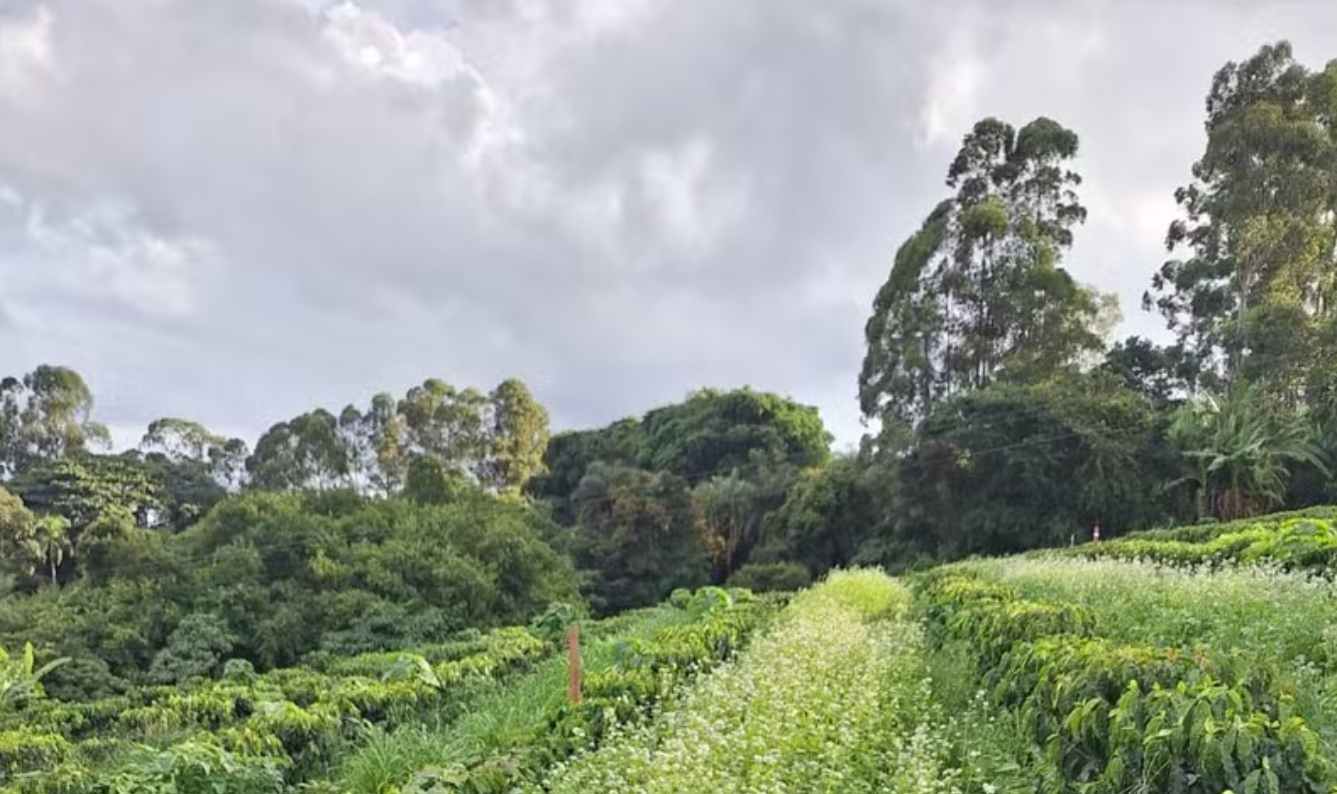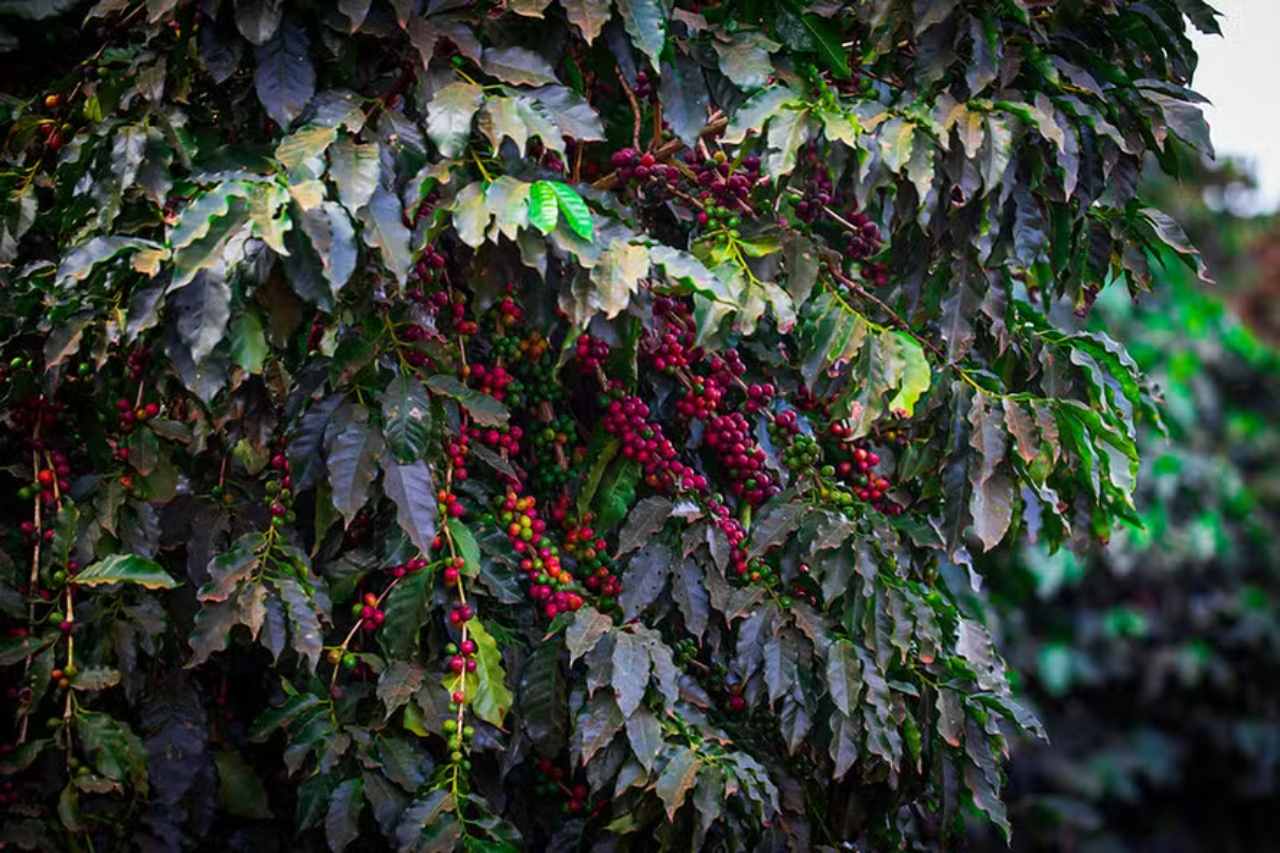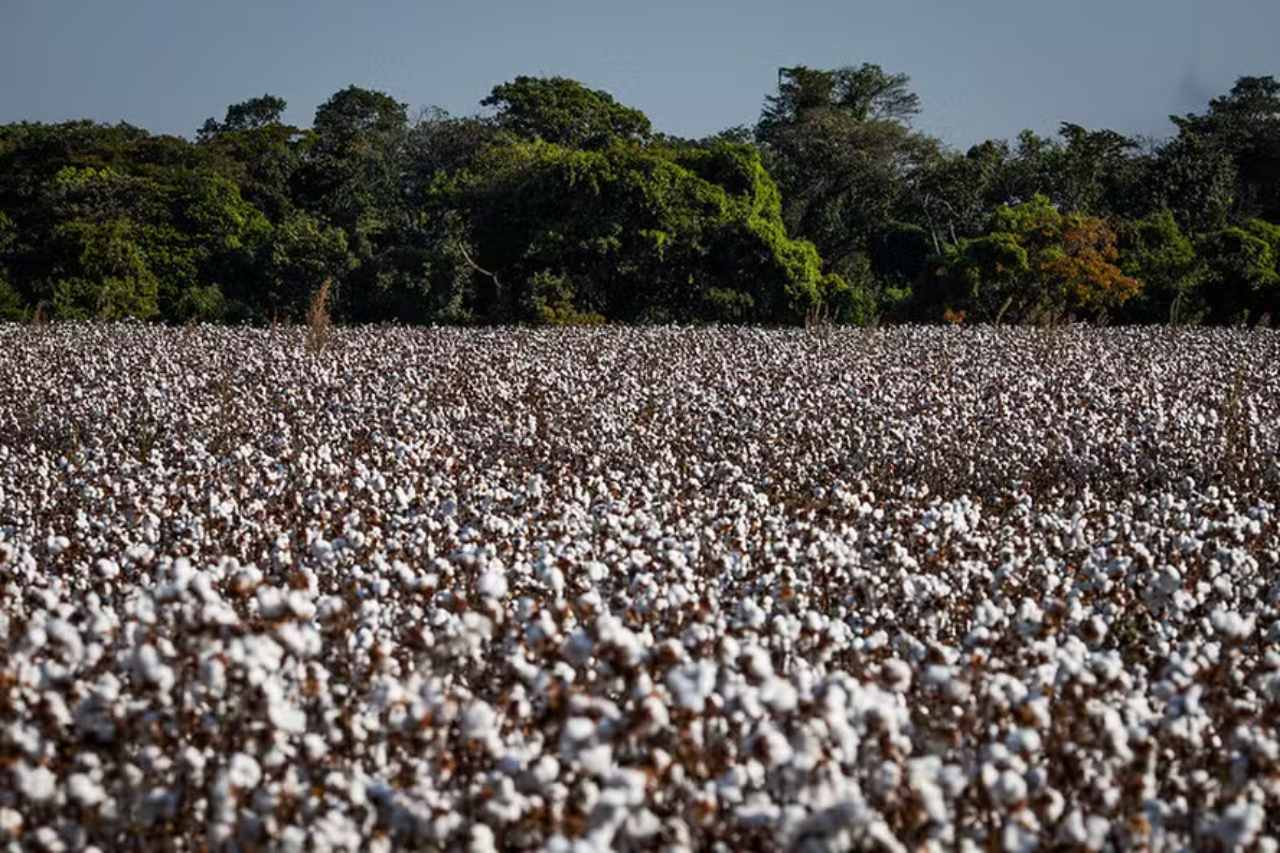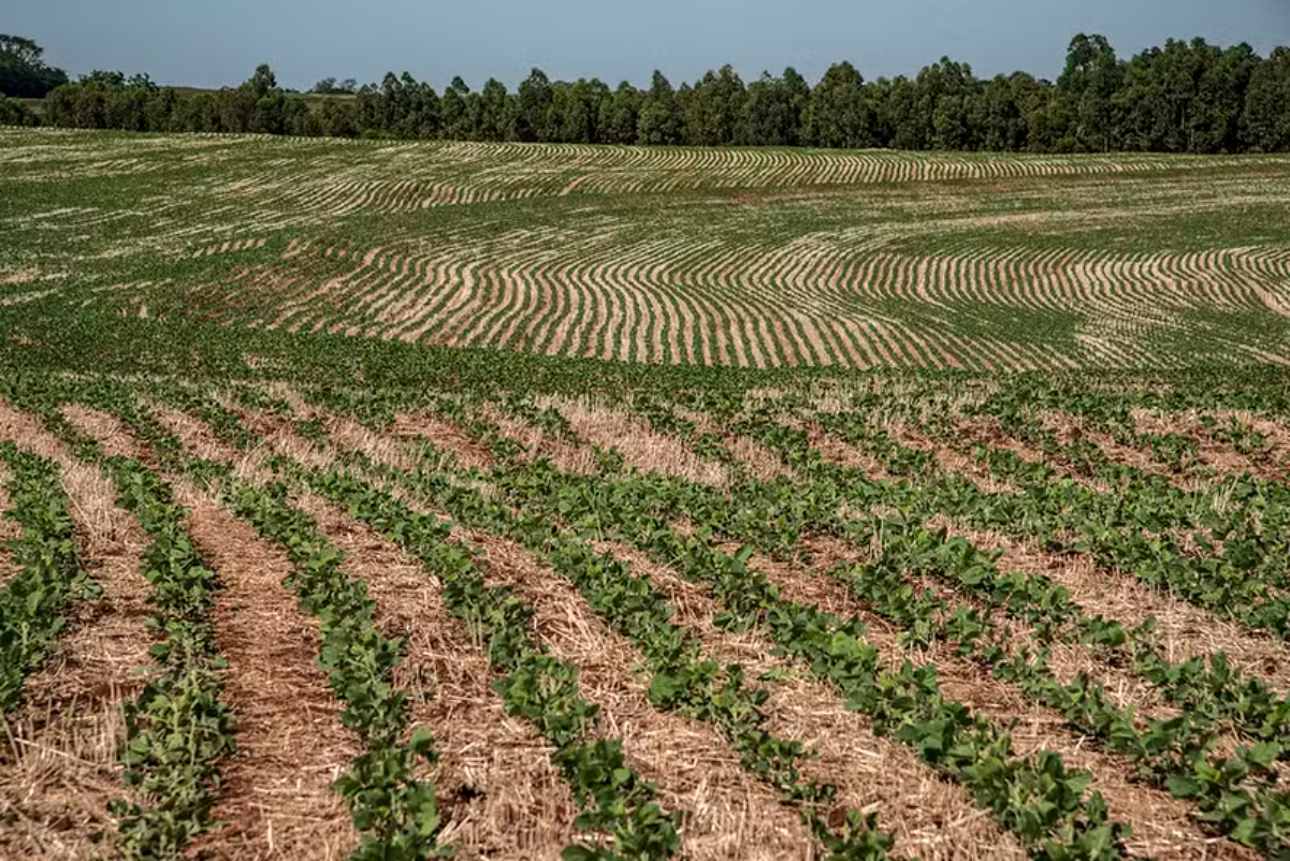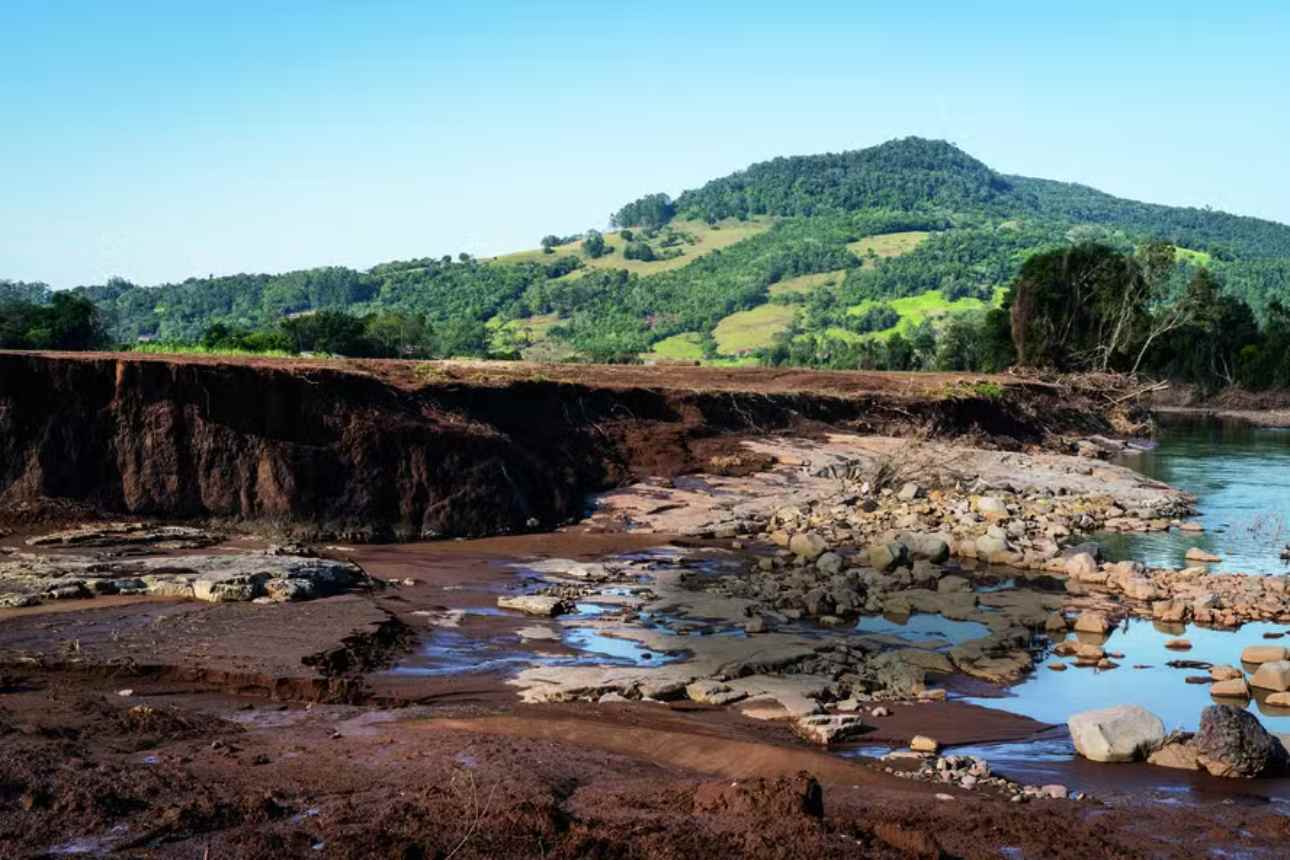Brazilian coffee farms could have access to at least 15 million tons of carbon in the coming years – an asset that could translate into financial revenue once this market is regulated, which is currently under discussion in the National Congress. A platform being developed in partnership between the public sector and private initiatives aims to provide producers of all sizes with the ability to quantify the carbon capture potential on their properties.
The project intends to offer the sector a proprietary methodology for calculating the inventory of carbon credits. Rafael Melo, CEO of E2Carbon – a startup involved in the initiative – explains that current market parameters still follow a forestry perspective, where credits are recognized when specific practices result in additional carbon capture, exceeding what would occur in a conventional scenario. This principle is known as “additionality.”
In this context, the project – conducted in collaboration with Sebrae and the Brazilian Company for Research and Industrial Innovation (Embrapii) – will provide a measurement model adapted to Brazilian agricultural production. Initially, the platform will consider the carbon captured by the coffee plants themselves and the soil in which they grow. In a second phase, the management model will be incorporated, including the types of fertilizers, pesticides, and other items used in the cultivation.
Management plays a significant role in the calculation, which is why the estimated potential for carbon credits can vary considerably. “When you substitute fertilizer and urea for another source, you’re already contributing to emission reduction. When I plant coffee alongside other crops, rather than in isolation, I can also accumulate,” illustrates Marina Vilela, Embrapii’s coordinator on the project.
In the specific case of coffee, studies conducted on farms in southern Minas Gerais have already shown that production is carbon-negative, meaning capture exceeds emissions. This indicates that producers hold an asset that cannot yet be priced or traded due to the lack of parameters for calculation and an established market for credits.
Although there are existing models developed abroad that can quantify carbon in agricultural production, Melo asserts that these models only work for farms spanning thousands of hectares – rare in Brazilian coffee cultivation. “For an average producer to consider a carbon project using methodologies designed overseas, the barriers to entry are extremely high, and the costs are prohibitive,” he states.
With the platform being developed, farms of all sizes will be able to have their carbon projects included and audited according to international criteria. “The idea is that by the end of January 2025, the software will be ready for commercialization. The goal is to create a patent and then offer it to producers,” he explains.
According to Marina Vilela, the tool is intended to function like an application. Properties will be monitored in real-time via satellite. Coffee production currently occupies around 1.8 million hectares, divided between the Arabica and Conilon species, and can capture about 15 million tons of carbon. This volume could represent up to R$ 1 billion in credits, but the calculations depend on several variables.
In addition to the specific methodological issues for each crop, the regulation of the credit market is another barrier. The proposed law regarding the regulation and commercialization of these titles is stalled in Congress. The version chosen by the government, reported by Senator Leila Barros (PDT-DF), was rejected in the Chamber, which presented the first draft of the matter. Negotiations are currently underway to reach a consensus text for a vote.

